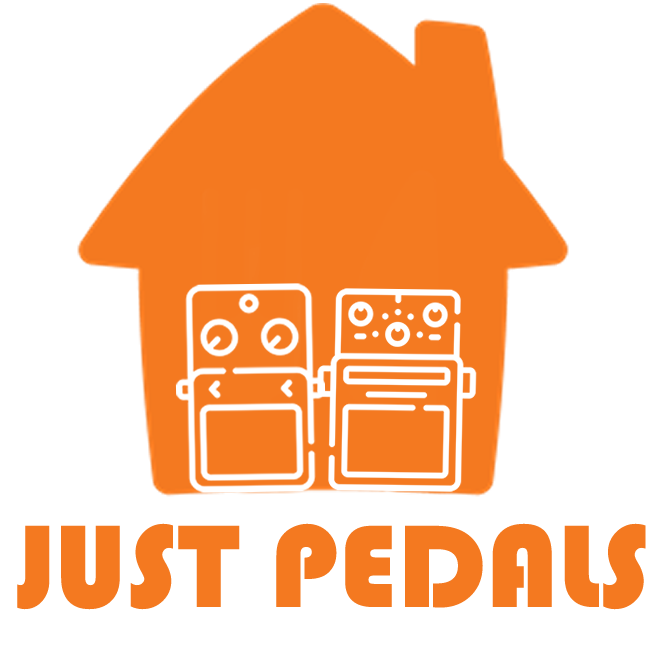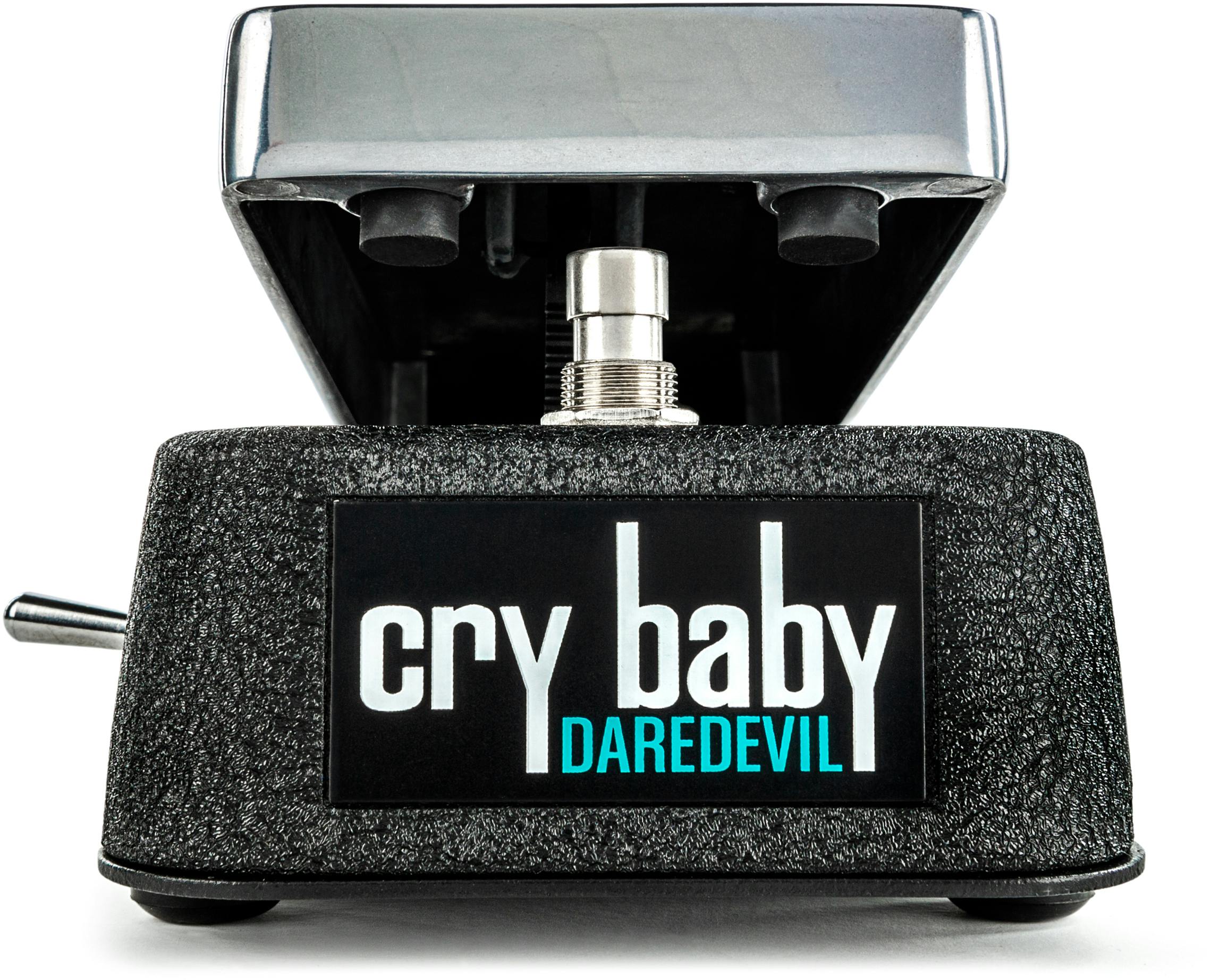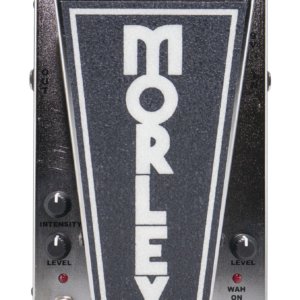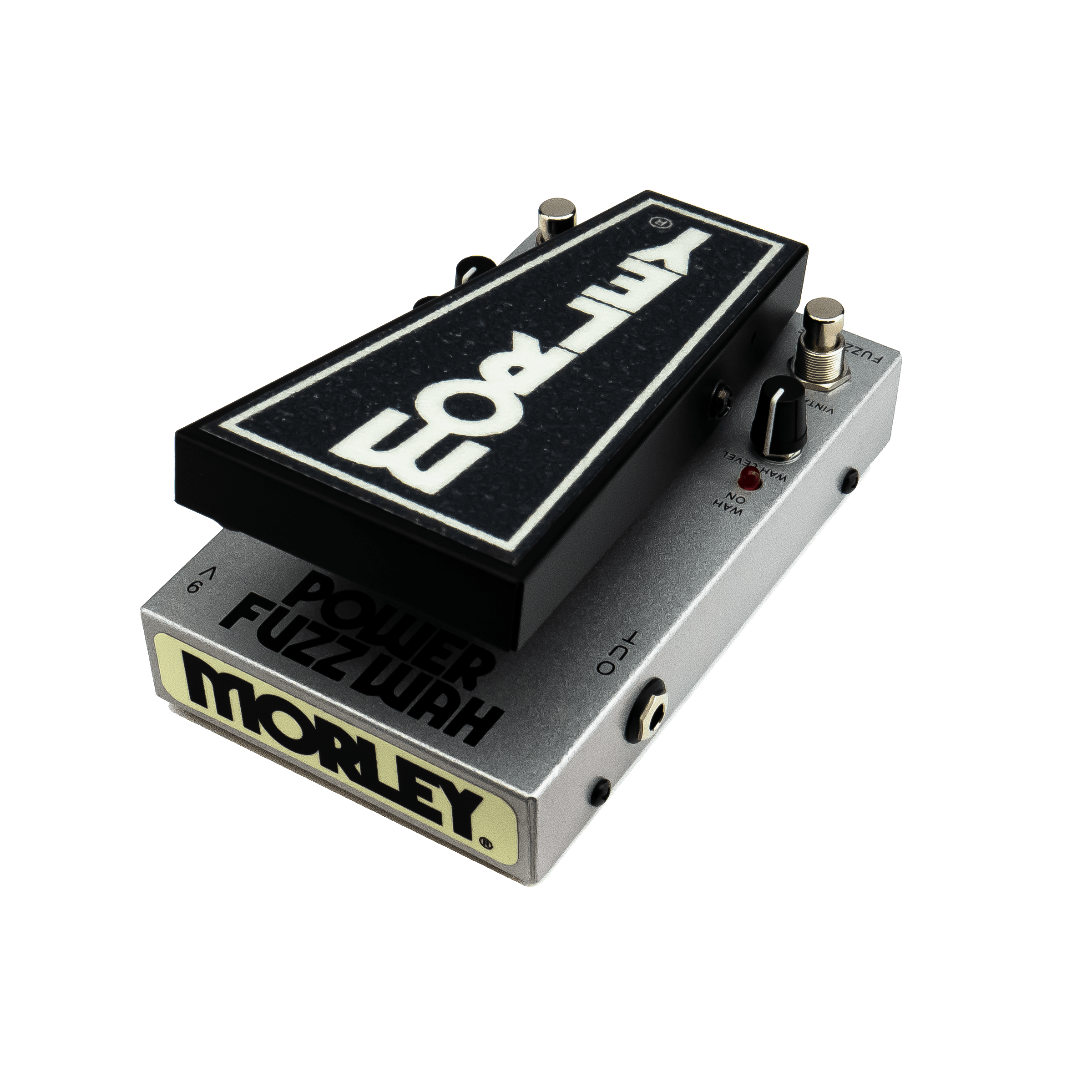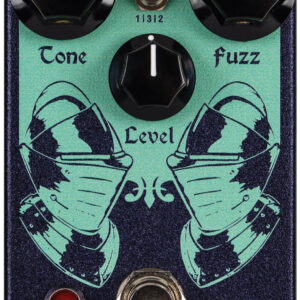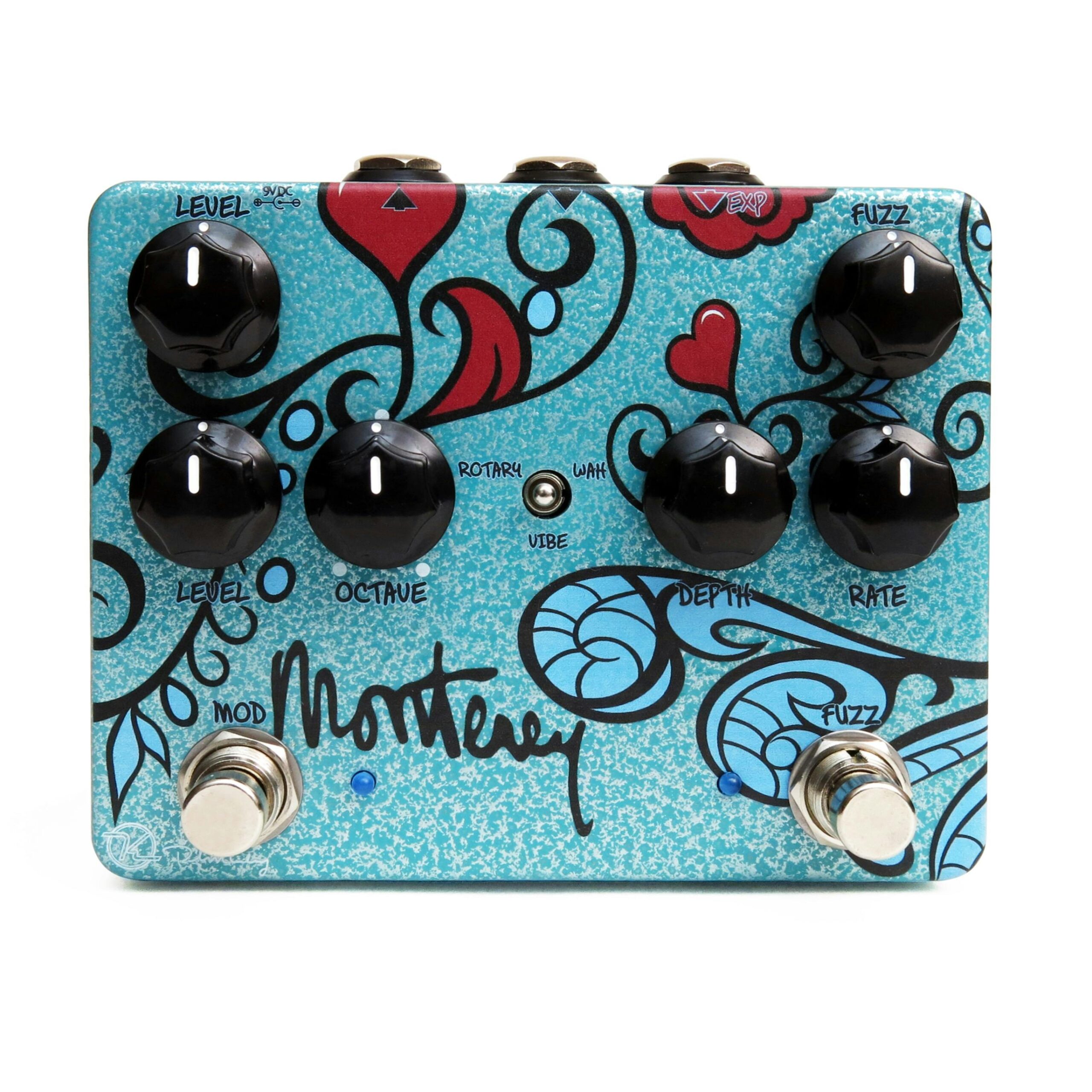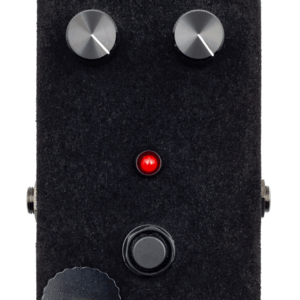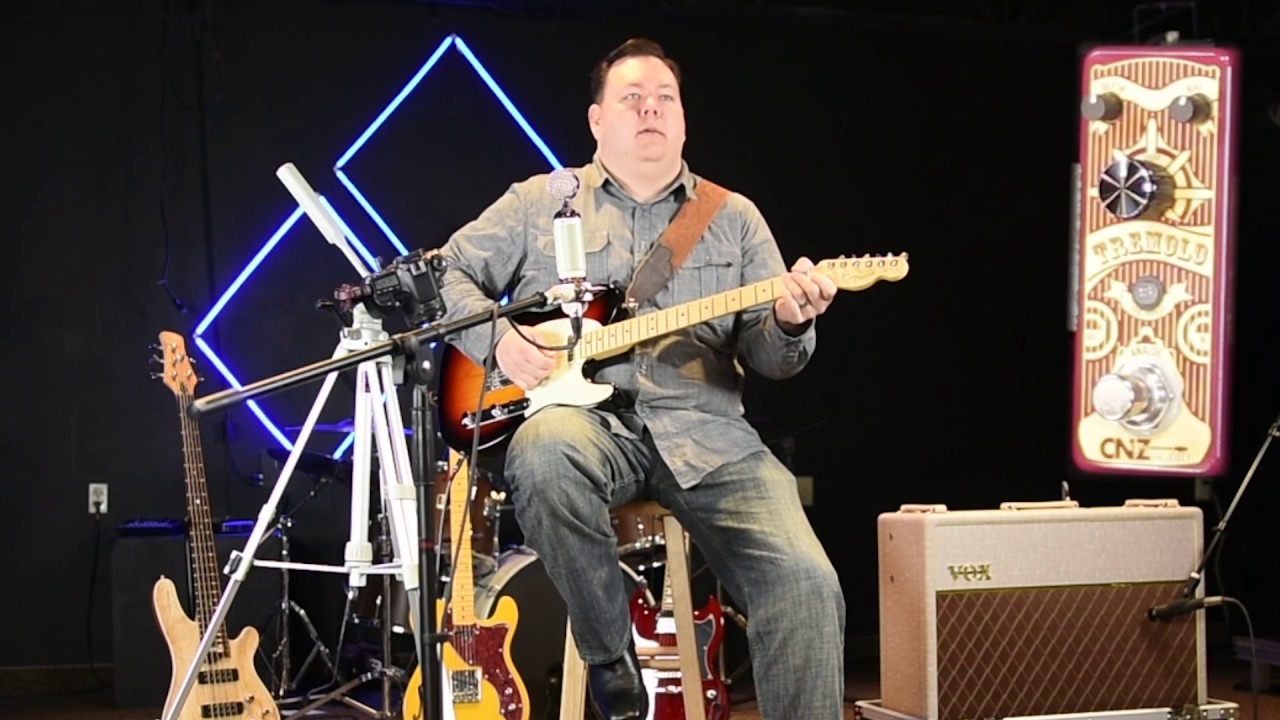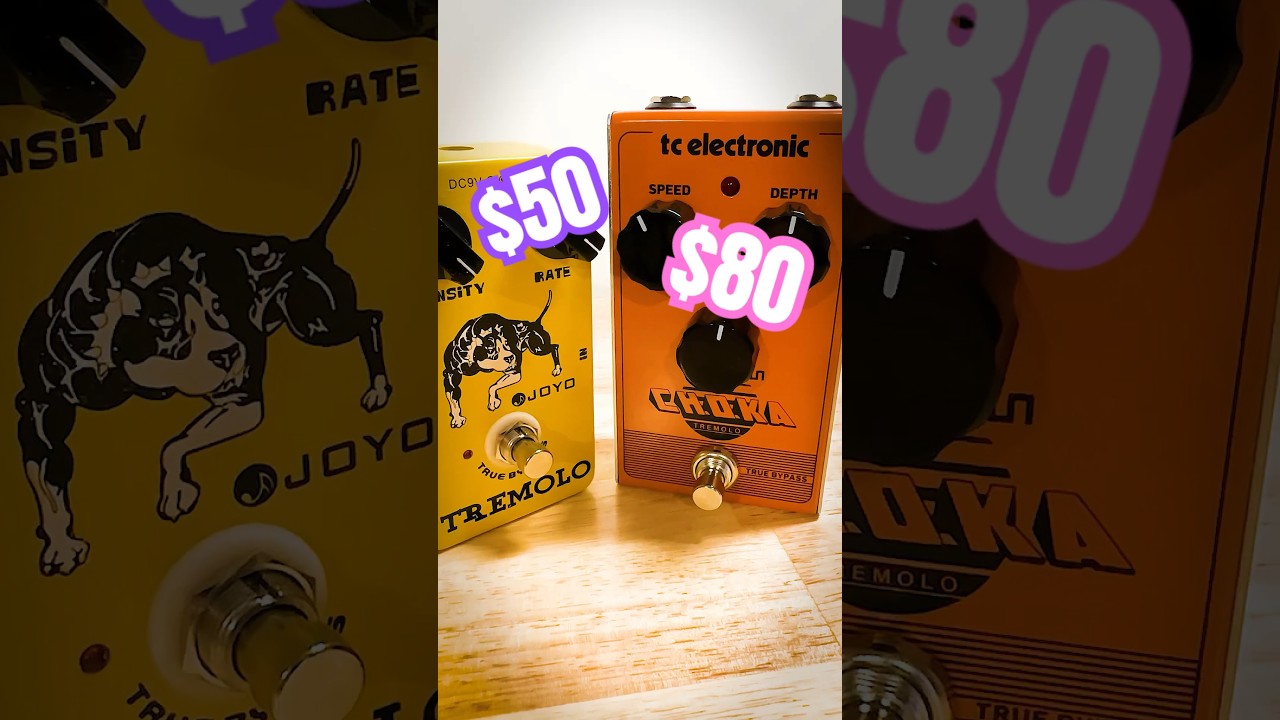Description
The Jim Dunlop Cry Baby Daredevil Fuzz Wah Pedal is currently retailing at £249 and it is out of stock. Available to be delivered to you by post direct (some charge may apply).The team at Just Pedals think that Jim Dunlop nailed it with the Jim Dunlop Cry Baby Daredevil Fuzz Wah Pedal. Jim Dunlop Cry Baby Daredevil Fuzz Wah Pedal
We have new and used Jim Dunlop musical equipment available on our website for fast direct delivery from sellers across the UK & Europe.
Dunlop Manufacturing is a renowned company specializing in musical instrument accessories, particularly known for its guitar effects pedals. They produce a wide range of pedals catering to various guitarists’ needs, from classic effects to innovative designs.
Some popular Dunlop guitar pedals include:
Cry Baby Wah: Perhaps their most iconic pedal, the Cry Baby Wah, has been used by countless guitarists. It’s a versatile pedal that modulates the guitar’s sound to create the famous “wah” effect.
MXR Phase 90: This is a classic phaser pedal known for its simplicity and distinctive swirling sound. It’s been used by numerous guitarists across different genres.
MXR Carbon Copy Analog Delay: A popular delay pedal offering warm, analog-style delay tones. It’s loved for its simplicity and lush, rich sound.
MXR Dyna Comp Compressor: A compressor pedal that evens out the dynamics of your guitar playing, providing sustain and smoothness to the sound.
Dunlop Fuzz Face: A legendary fuzz pedal originally produced in the ’60s. It’s been reissued and updated over the years, offering that classic fuzz tone.
MXR EVH Phase 90: This pedal was designed in collaboration with Eddie Van Halen, featuring his preferred phaser settings.
Dunlop Echoplex Delay: Based on the legendary EP-3 tape delay unit, this pedal offers a rich, warm tape echo emulation.
These pedals are just a few examples from Dunlop’s extensive lineup. They are known for their reliability, sound quality, and often iconic status among guitarists. Different guitarists may prefer specific pedals based on their playing style and the sound they’re aiming to achieve. It’s always a good idea to try out pedals in person or listen to demos to find the right one for your preferences.
Fuzz is a type of guitar effect that distorts the signal in a more extreme and saturated way than typical overdrive or distortion pedals. It creates a thick, woolly tone with a characteristic “fuzzy” sound, often associated with the classic rock and psychedelic eras. Fuzz pedals work by clipping the waveform of the signal at a much higher level, resulting in a crunchy, sometimes harsh sound that has a distinctive bite and sustain.
Fuzz pedals can vary in intensity and tone, with some offering more subtle, warm fuzz and others creating a more aggressive, raspy sound. The controls typically include fuzz, tone, and volume, allowing players to shape the effect to suit their preferences. Classic fuzz pedals like the Electro-Harmonix Big Muff Pi and the Dallas Arbiter Fuzz Face have become iconic for their bold, powerful sound, making fuzz a staple for genres like rock, stoner metal, and experimental music.
Just Pedals is a new Guitar Effect Pedals Marketplace – We feature new and used Guitar Effect pedals from different sellers, to purchase online from the UK.
A wah pedal is a dynamic filter effect that sweeps through frequencies to create a vocal-like “wah” sound. It works by adjusting the emphasis on different frequencies as the pedal is rocked back and forth, allowing guitarists to create expressive, rhythmic tones. Wah pedals are widely used in funk, rock, blues, and metal, with players like Jimi Hendrix, Eric Clapton, and Slash making them iconic. Some wah pedals have adjustable Q controls, auto-wah functions, or switchless activation. Popular models include the Dunlop Cry Baby, Vox V847, and Morley Bad Horsie, each offering unique tonal characteristics.
Just the latest videos
Just related products
£220.20
RAW & RECKLESS: Combines a modded Cry Baby Wah with a custom fuzz circuit for an explosive range of vintage-inspired, aggressive sounds. BORN OF OBSESSION: A collaboration with Daredevil Pedals’ proprietor Johnny Wator, a man who loves vintage circui…
read more
6% Off £162.99 £154.00
Heavy die cast construction for years of reliability 100k ohm hot potz potentiometer that allows for that quick, abrupt wah sound Adjustable volume boost Adjustable q control Battery operated (not included)
£143.00
Heavy die cast construction for years of reliability 100k ohm hot potz potentiometer that allows for that quick Power: single 9-volt battery or dunlop ecb-003 ac adapter Abrupt wah sound Powered by the dunlop ecb-003 ac adapter and/or 9 volt battery.
£113.00
Half the size of a standard Cry Baby pedal Three internally adjustable voicings Full sweep range
15% Off £104.99 £89.00
Heavy die cast construction for years of reliability The original crybaby wah wah pedal that has been a standard in the world of music since its introduction in the late 1960's 100k ohm hot potz potentiometer that allows for that quick, abrupt wah so…
read more
